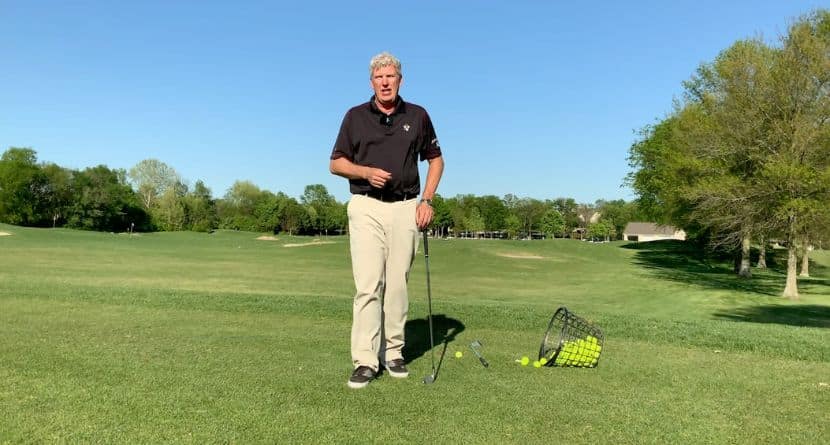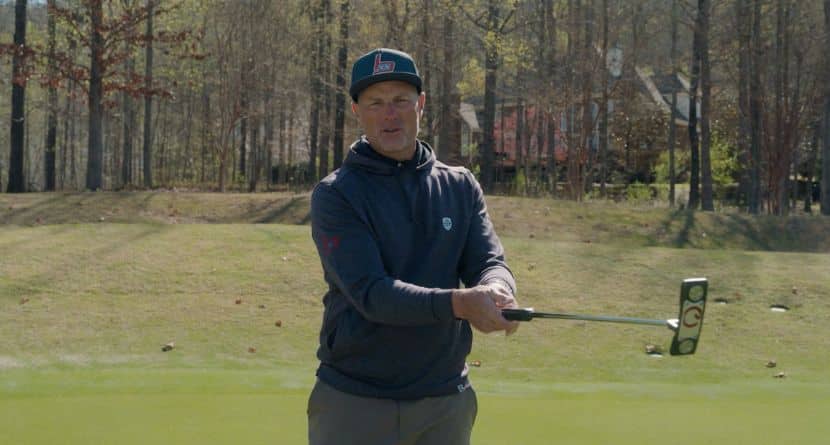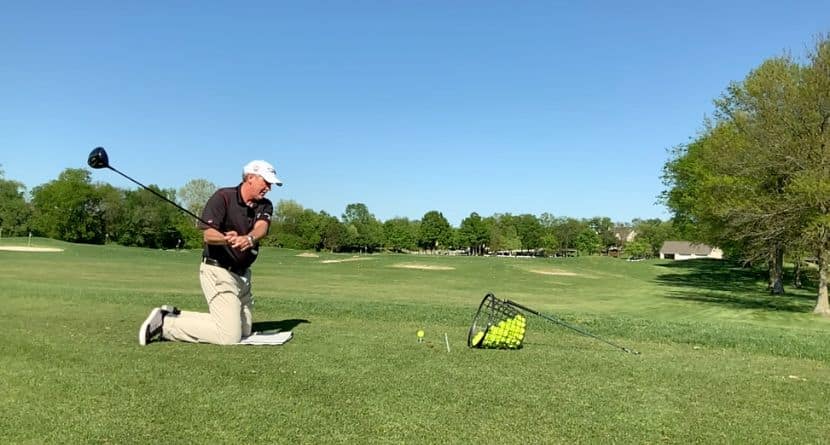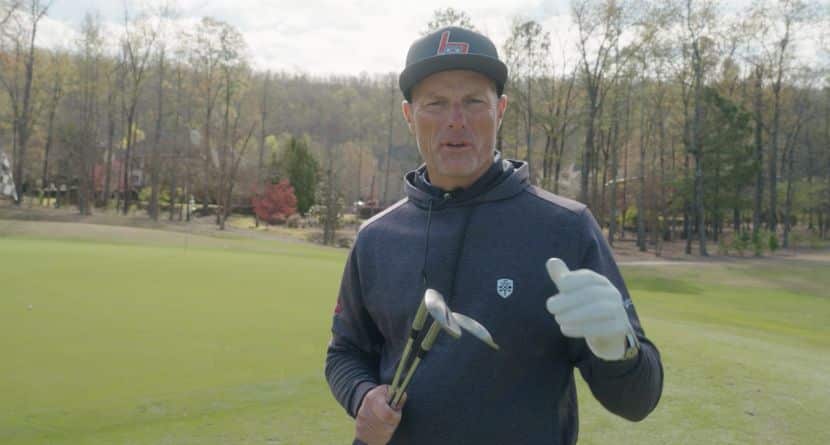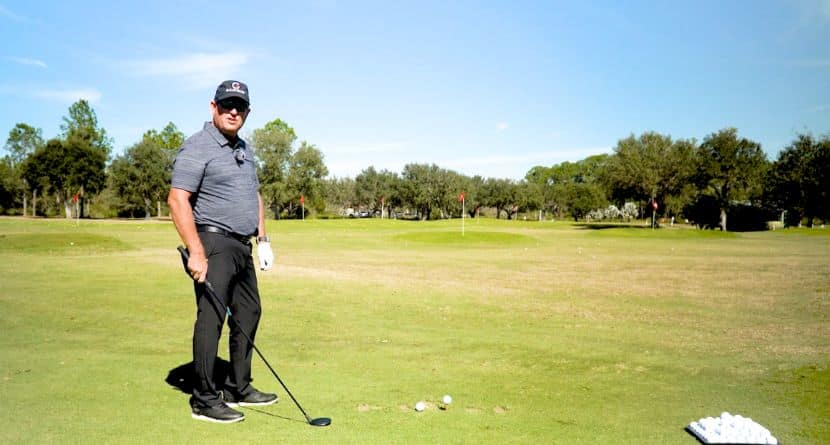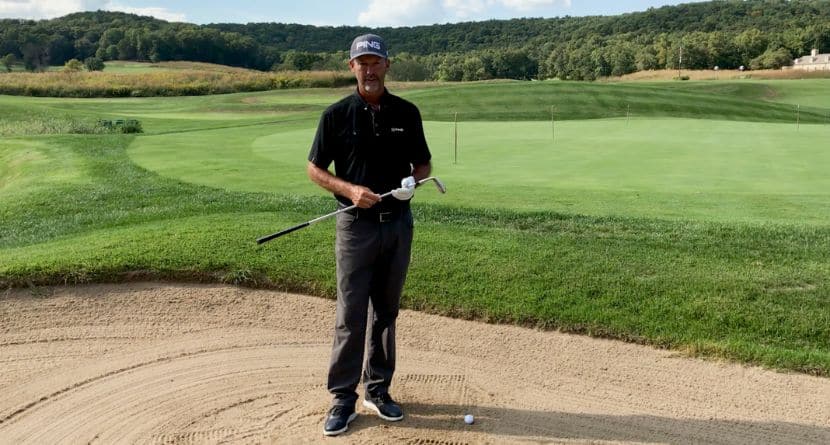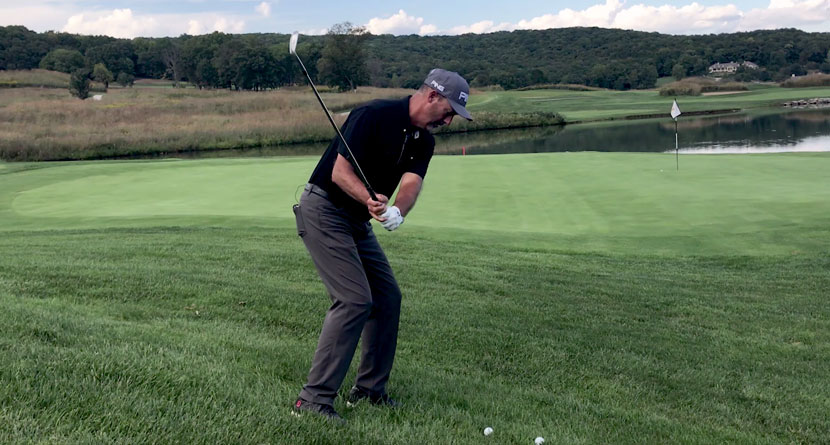Have you ever had your back foot slip when making a swing? That is you using the ground ineffectively to try to produce power. Some of the longest players in the game aren’t necessarily the largest in stature, so how are they hitting the ball so far?
Watching Lexi Thompson’s swing, we can see how she is able to drive it far enough to be the longest hitter in your weekend game. Her secret is using the lower body to drive pressure down into the ground and leveraging against that force with the swing components that move the club: her shoulders, arms and torso.
Creating this leverage is called ground force. When players are applying a downward force, we observe them finishing up on their toes.
Let’s look at Lexi’s swing and how she takes advantage of the ground.
As she starts the downswing, pressure is being driven down through her legs into the ground. This is only possible if we maintain our knee flex to the top of the backswing and into the start of downswing — the dynamic ability to shift pressure during the swing requires mobility in the lower body.
Once pressure has been transferred, the upper body rotation is accompanied by a driving force up from the ground. The blast-off is more evident in players that get on their toes, like Lexi or Justin Thomas in the men’s game.
Remember, the pressure we are using to create the ground force effect travels in the opposite direction of the ball, meaning we send pressure down and backward into the ground in order to move the ball forward and up. The force traveling upwards also travels through the legs and into the hips, helping increase the speed the hips and body turn, which equates to faster clubhead speed.
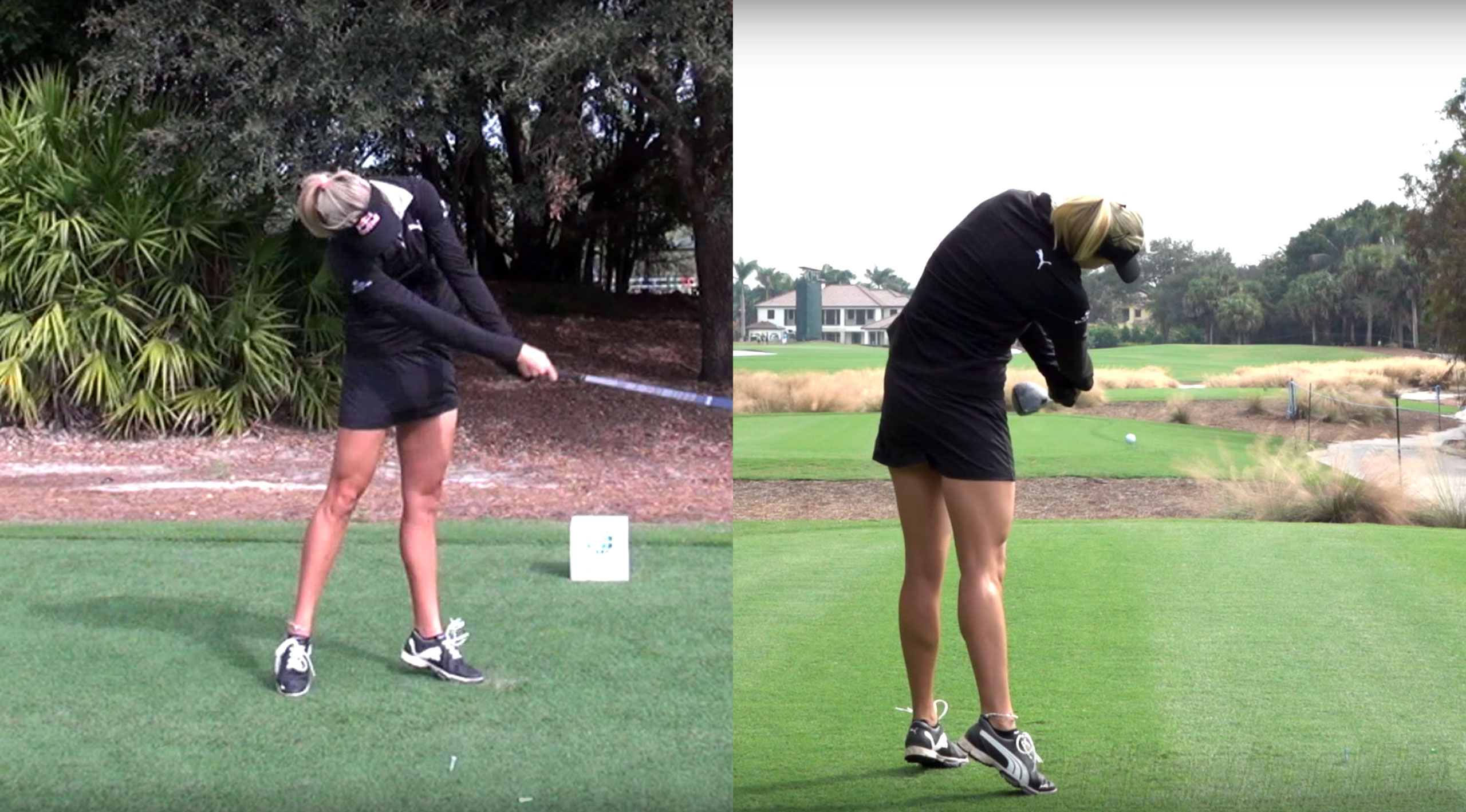
Your goal should be to first understand the ground is not something that we just stand on in a static position. Instead, we should interact with the ground to generate more clubhead speed and power.
Second, the sequence for generating ground force requires our posture and body lines to be maintained during the backswing and transition into the downswing.
As we transition, we shift pressure like we are compressing a spring below our feet. At impact, we fire up from the ground, taking advantage of the force being sent down via Newton’s Third Law — every action has an equal and opposite reaction — and the ground pushing back against out pressure build.
When you are looking to find both accurate and longer drives, focus on a tempo that allows for you to send pressure down into the ground and then leverage that force at impact.


